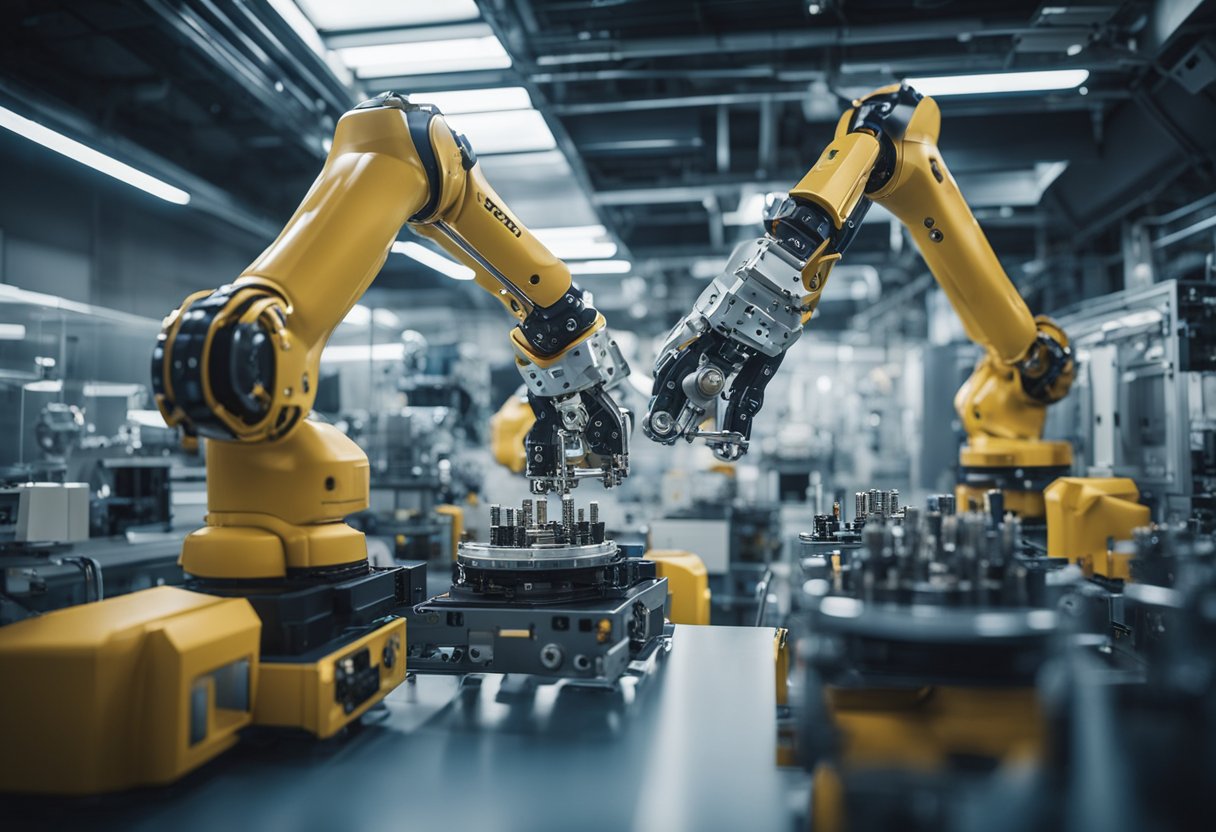
Future Spacecraft Designs – As we venture further into the realm of space exploration, the evolution of spacecraft design emerges as a pivotal factor in conquering new frontiers. In the present day, a myriad of developments have set the stage for a transformative era in space travel, one where the intricacies of designing vessels for the stars take centre stage.
Future spacecraft designs encompass a broad range of considerations, from advancing propulsion technologies to devising methods of shielding astronauts from space hazards. These innovations are not solely aimed at enhancing efficiency and safety but also at expanding our capabilities to embark on more ambitious missions beyond Earth orbit.
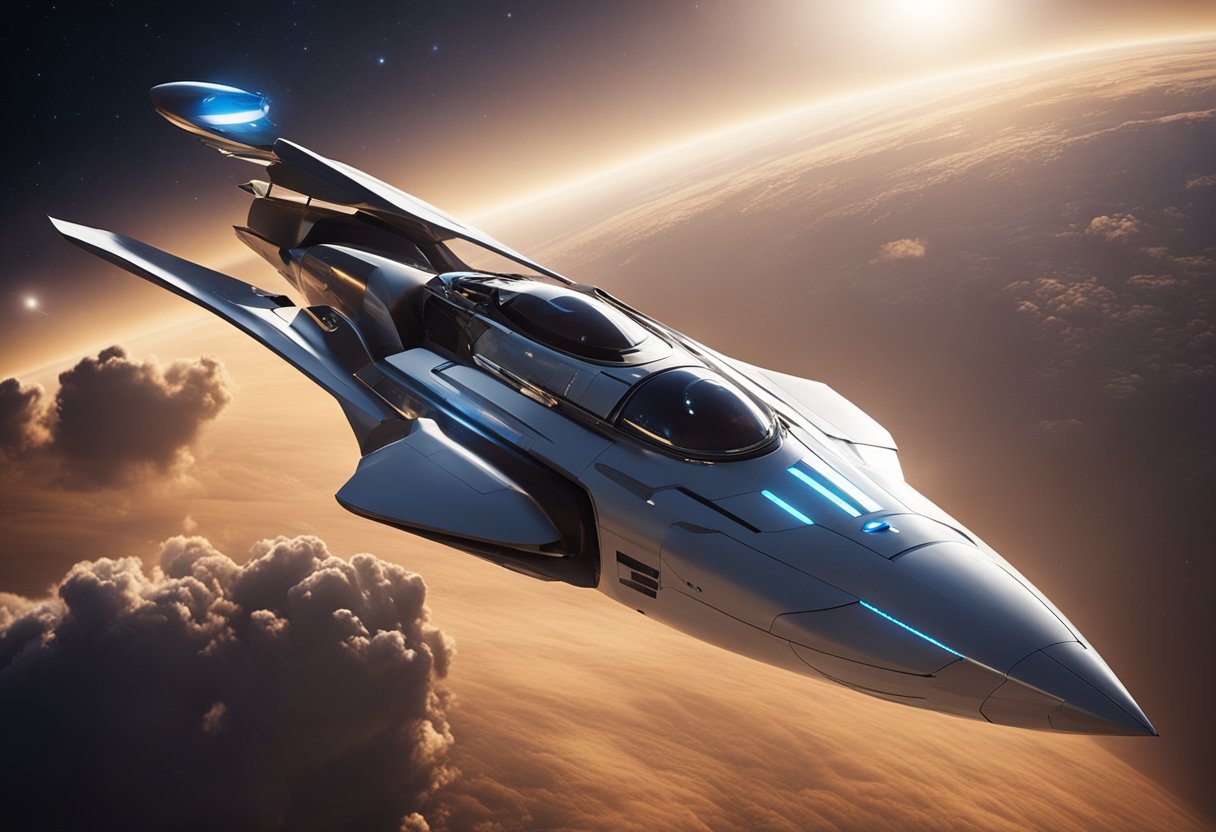
The craft and ingenuity poured into developing cutting-edge spacecraft have benefits reaching far beyond the initial excitement of a new launch. It involves intricate planning, combining advancements in materials and manufacturing, with an eye on sustainability and long-term utility. Coupled with the surge in private industry involvement and international cooperation, we are witnessing a golden age of aerospace ingenuity.
Our understanding of what it takes to construct these modern marvels continues to deepen, encompassing the fundamentals of spacecraft design and the emerging technologies that will propel us toward interstellar travel.
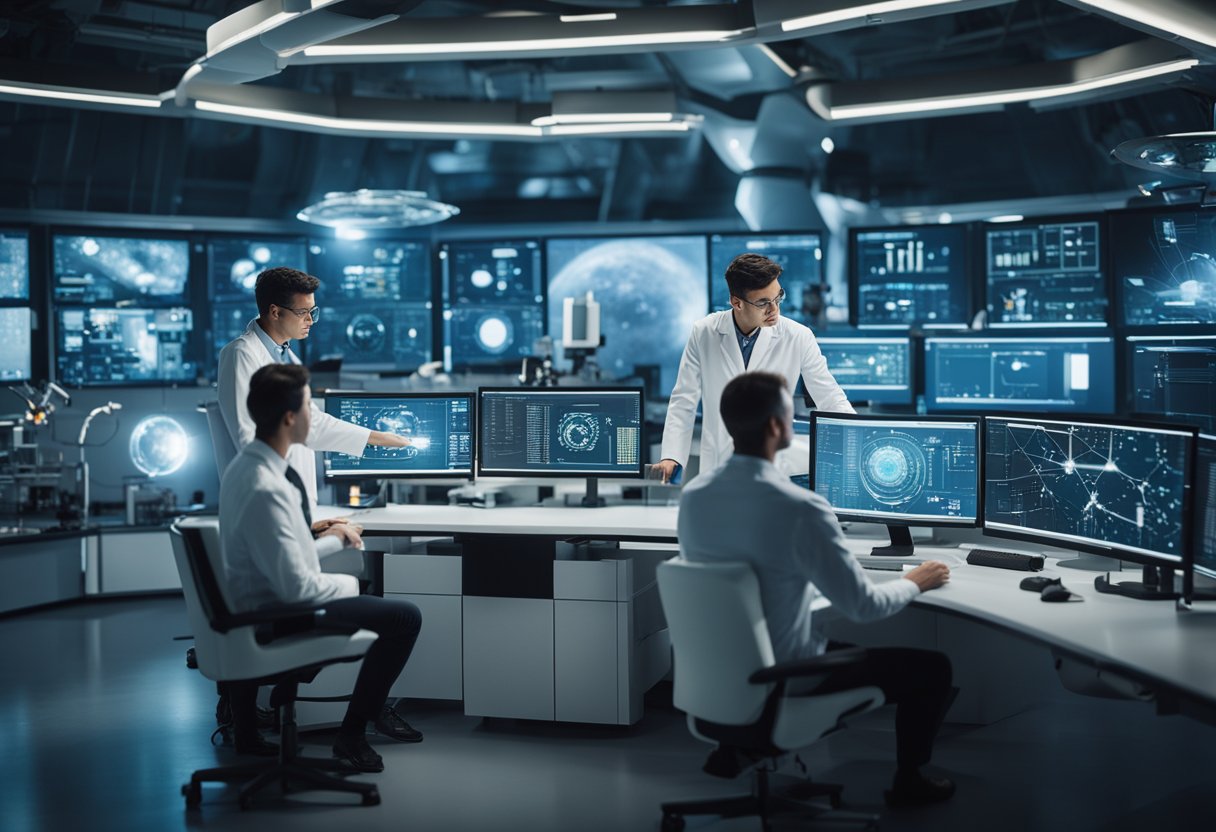
As we explore the origins and advancements of spacecraft design, we’ll navigate through the era from the Apollo missions to the more recent Space Shuttle programme, as well as the development of international collaborations in space exploration.
Apollo Era: In the midst of the Space Age, NASA’s Apollo programme marked an unprecedented series of space exploration missions. The Apollo 11 mission of 1969 became a historic event as it featured the legendary Saturn V rocket, successfully propelling humans to the Moon for the first time. Prior to the Moon landings, the Gemini missions laid the groundwork for NASA’s human spaceflight, honing skills such as orbit rendezvous and docking, essential for the subsequent lunar exploration.
Space Shuttle Era: Advancement in spacecraft design was exemplified by the Space Shuttle, a symbol of human ingenuity and reusability in spacecraft. Unlike the disposable rockets used during the Apollo era, the Shuttle was the first spacecraft designed for partial reuse. Operational from 1981 to 2011, it provided invaluable lessons for future spacecraft design by showing the benefits and challenges of a reusable vehicle.
Space exploration has long been a field characterised by international cooperation. Following competing space programmes from the US and the Soviet Union, collaboration became a key theme, resulting in projects like the International Space Station (ISS). The ISS represents an immense cooperative endeavour in space architecture, supporting various scientific and engineering tasks, with joint efforts from space agencies such as NASA, Russia’s Roscosmos, ESA (European Space Agency), JAXA (Japan Aerospace Exploration Agency), and others.
It’s clear that the heritage from the Apollo and Space Shuttle programmes has greatly influenced the collaborative spirit and the engineering approaches behind today’s international space missions.
Our understanding of space, and our ability to venture into it, has greatly evolved, and as SpaceVoyageVentures.com suggests, the possibilities for future endeavours, possibly including space tourism, are boundless. The next chapter of space exploration will undoubtedly build on these historic foundations, pushing the boundaries of what we believe is possible.
In this section, we explore the integral parts that make up a spacecraft and examine the engineering challenges that must be addressed during its development.
Spacecraft Design: The design of a spacecraft is a sophisticated endeavour that begins with defining the mission objectives. Every element from the crew module to the spacecraft adapter is meticulously crafted to ensure functionality and safety throughout the mission.
Engineering a spacecraft presents multifaceted challenges due to the harsh environment of space and the necessity for autonomous operation.
For enthusiasts excited about the potential of space travel, SpaceVoyageVentures.com offers a glimpse into not only the future possibilities but also the currently available and soon-to-be accessible space tourism trips.
As we look towards the stars, our quest for deeper space exploration hinges on the advancements in propulsion technologies. From the tried-and-true chemical rockets to the more efficient electric propulsion systems, each leap forward promises to shape our journey into the cosmos.
Chemical propulsion has been the backbone of our space exploration efforts. It relies on the reaction of substances like hydrogen to generate thrust. In a basic sense, we combine a fuel and an oxidiser to produce an explosive reaction that propels the spacecraft. This method is powerful but comes with the downside of requiring a significant amount of fuel, which adds weight and limits how far or how fast we can travel.
On the other hand, electric propulsion, primarily Ion and Hall thrusters, offers us a more efficient alternative. These technologies use electric fields to accelerate ions to generate thrust. Although the acceleration process is much slower, the specific impulse—essentially the fuel efficiency—is considerably higher than chemical systems. This allows spacecraft to travel further on less propellant, making them ideal for long-duration missions.
We are currently witnessing the development of some rather extraordinary propulsion concepts that could redefine space travel. The Bussard ramjet, a form of nuclear fusion propulsion, proposed the idea of collecting interstellar hydrogen with a magnetic field and using it for fusion reactions to produce thrust. While still theoretical, this concept could potentially provide nearly limitless propulsion for deep-space voyages, as hydrogen is the most abundant element in the universe.
Another emerging concept inspects the potential of helium-3 as a fuel for fusion reactions in future propulsion systems. Helium-3 presents an advantage over other fusion fuels due to its abundance on the lunar surface and the fact that it produces fewer harmful radiations when used in a fusion reactor.
Amidst these advancements, we are mindful of the challenges ahead and remain committed to exploring these nascent technologies to their full potential. For those keen on the prospects of space tourism, developing more efficient propulsion is fundamental; and websites such as SpaceVoyageVentures.com are documenting the exciting progress towards making what was once science fiction, a reality.
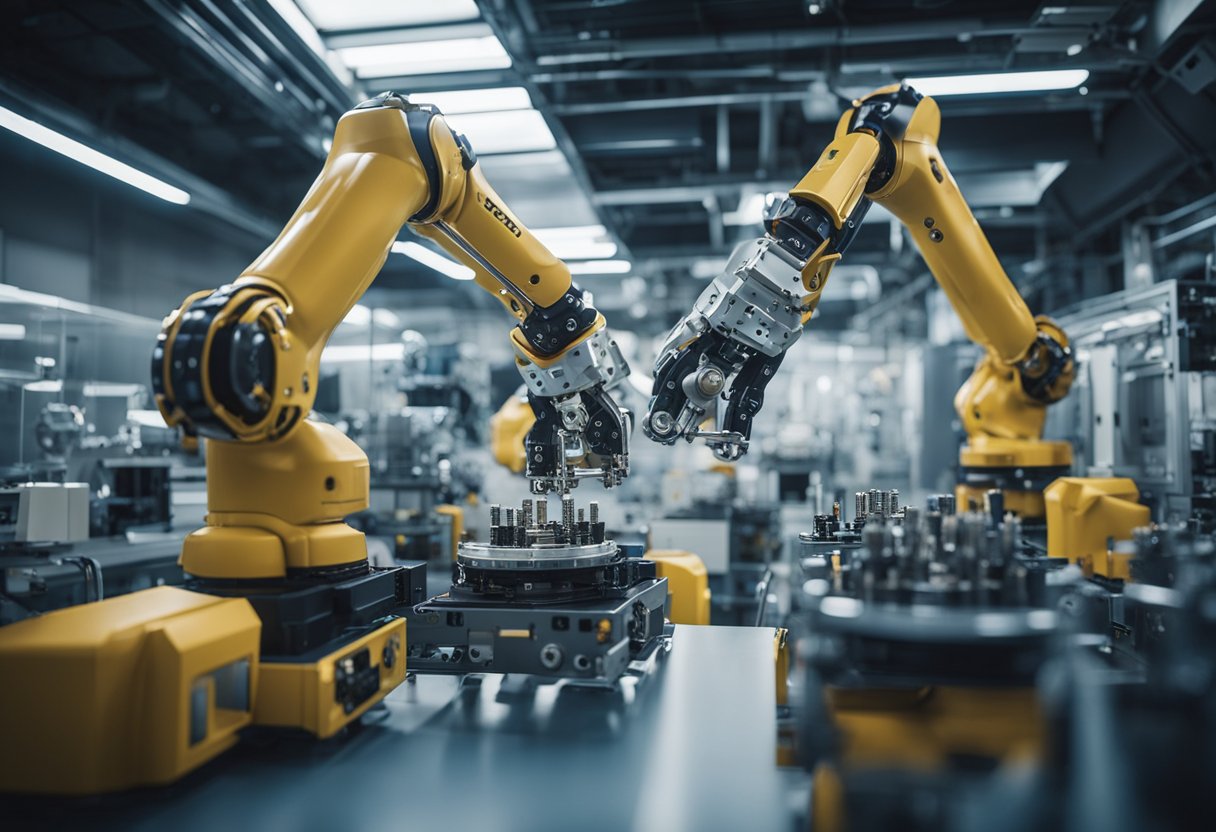
The progression of materials and manufacturing methods plays a pivotal role in the innovation of spacecraft construction, shaping the future of space exploration and tourism.
In our quest for space exploration, we have identified and developed innovative materials that serve specific needs in the harsh environment of space. For example, thermoplastics and photopolymers have been pivotal in mitigating charge build-up on spacecraft surfaces, a phenomenon that can severely impact electronic systems in space. Our applications of these materials are tailored to address challenges such as extreme temperature fluctuations, radiation exposure, and mechanical stresses encountered during missions.
The introduction of multifunctional materials and structures (MFMS) designs has been transformative. These materials combine structural strength with additional functionalities, such as electrical conductivity or thermal insulation. One such application has been on the Juno spacecraft, incorporating carbon nanotube (CNT) technology, which exemplifies the advancement in materials that are both robust and versatile, capable of withstanding the rigours of outer space.
Advancements in manufacturing techniques have allowed us to construct spacecraft components with higher precision and efficiency. Chief among these techniques is additive manufacturing—or 3D printing—which enables us to fabricate complex structures that would be impossible or impractical with traditional manufacturing methods. This technology has been instrumental in producing components directly in space, reducing the need for numerous launches and assembly operations.
Our understanding of the spacecraft assembly process has also evolved. We now have a greater capacity to assemble large structures, like the International Space Station, which showcases our capability to aggregate payloads and manage in-space construction.
The development of in-space structural assembly technologies, including space cranes and robotic systems, facilitates complex construction tasks that could be crucial for building facilities on other planets or the Moon, aligning with the emerging ventures like SpaceVoyageVentures.com, which aim to document and enable future space tourism.
In terms of designing pressure vessels—the life-sustaining compartments of spacecraft—we’ve seen improved materials that provide enhanced resistance to the vacuum of space and micrometeoroid impacts. The production of these vessels now often involves additive manufacturing techniques, allowing for the creation of shapes and configurations that are structurally more efficient and weight-optimized compared to those made with traditional manufacturing processes.
In designing future spacecraft, we prioritise the safety of both the vessel and its occupants. Our focus is on two critical areas: providing robust radiation shielding and defences against micro-meteoroids and orbital debris.
Radiation in space is a significant hazard, consisting mainly of high energy particles from solar winds and cosmic rays that can damage both spacecraft and astronaut health. Shielding from ionising radiation is vital to safeguard crew members during missions and maintain the integrity of on-board systems. The incorporation of radiation-resistant materials in our spacecraft ensures they can withstand the harsh conditions beyond Earth’s protective atmosphere.
We engineer these materials to absorb or deflect harmful particles, mitigating the risk of radiation exposure which is paramount for deep space journeys and long-term missions, such as those documented by SpaceVoyageVentures.com.
The threat posed by micro-meteoroids and orbital debris (MMOD) is ever-present. These high-velocity fragments can puncture spacecraft hulls, causing catastrophic depressurisation or damage to critical systems. To combat this, we incorporate multi-layered, whipple shields—a type of heat shield—into our vessels’ designs.
These shields disperse the energy of impacts and prevent penetration by breaking up incoming particles. This MMOD protection strategy is crucial for maintaining the structural integrity of spacecraft in Earth’s orbit, where the density of space debris is greatest, as well as in the vastness of interplanetary space, where micro-meteoroids are a constant concern.
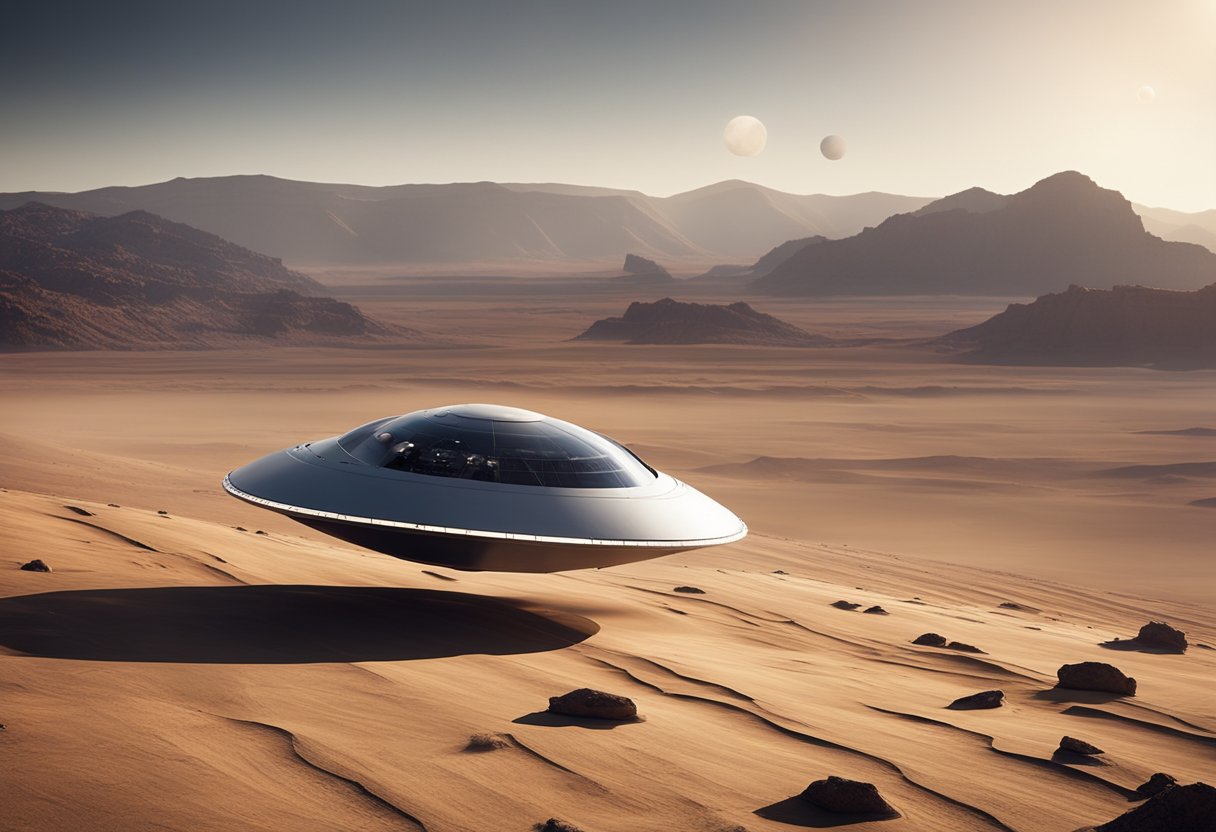
As we enter a new era of space exploration, our focus is expanding beyond near-Earth objectives to include more ambitious missions in deep space. These efforts involve developing robust and reliable spacecraft that can support human life for extended periods in the harsh environment of space.
Designing spacecraft for deep space missions, such as those outlined by NASA’s Orion programme, presents unique challenges. Modules must be resilient to high-radiation environments and significant temperature fluctuations. With missions targeting destinations like the Moon under the Artemis programme, and potentially reaching out further into our solar system, spacecraft need adaptable configurations. These designs cater to both the physiological and psychological needs of their crews, ensuring safety, comfort, and efficiency.
For human exploration far from Earth, life support systems are crucial. These include advanced Environmental Control and Life Support Systems (ECLSS), as revealed by initiatives like the NextSTEP partnerships, which are working on full-scale habitat prototypes. These systems are tasked with continuously providing clean air and water, managing waste, and maintaining acceptable pressure and temperature levels within the crewed modules.
Given the increased mission durations, such as those we may soon see on SpaceVoyageVentures.com, redundancy and reliability are designed into every aspect to ensure the survival and wellbeing of the astronauts on board.
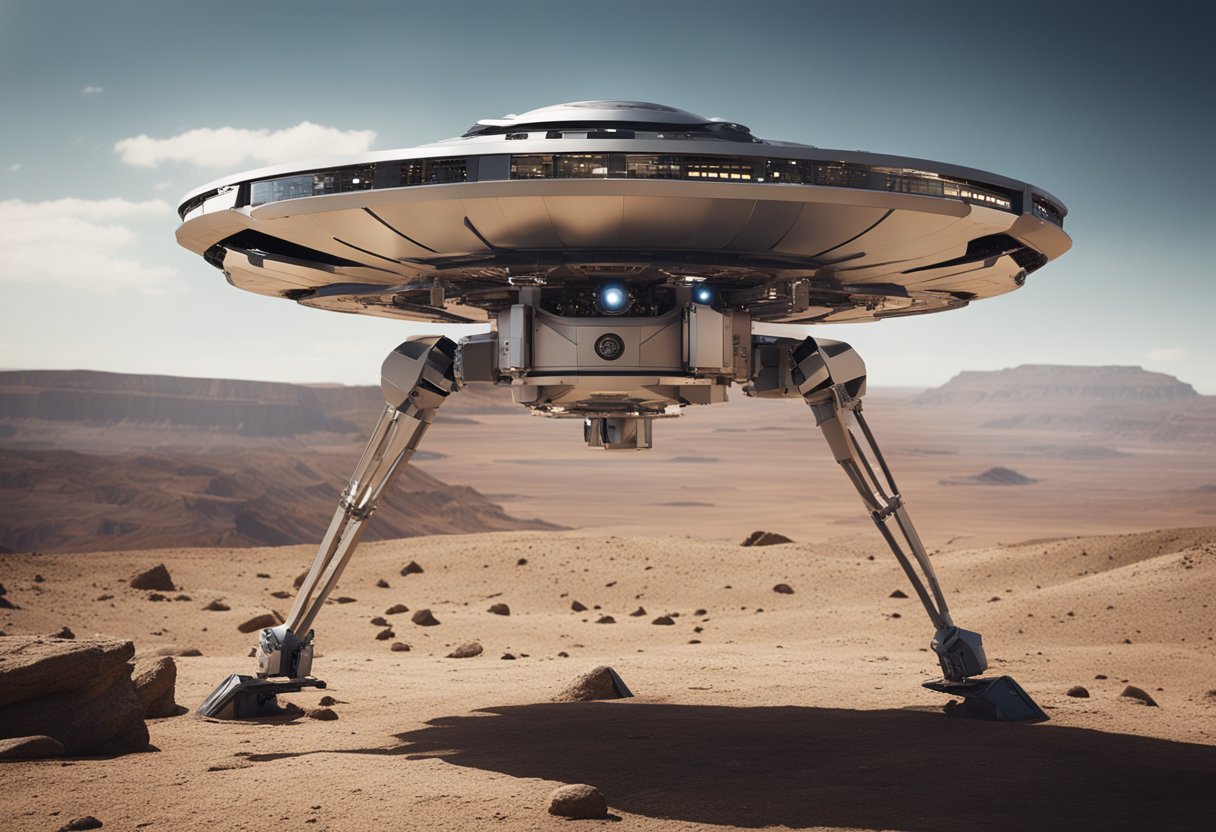
The exploration of the cosmos has increasingly relied on automated and robotic spacecraft. These unmanned systems have proven instrumental in gathering vast amounts of data about our universe without the risks and costs associated with human crews.
Unmanned missions are the vanguard of our space exploration efforts. They journey to realms that would be otherwise unreachable for astronauts due to the extreme distances involved or the hostile conditions awaiting them. Probes like those sent to Mars have provided us with invaluable information about the planet’s surface, atmosphere, and potential for past life.
Our ventures to the Moon have mapped its terrain in unprecedented detail, aiding in future manned missions and the potential for a lunar outpost. Similarly, missions to asteroids offer vital knowledge about the origins of our solar system and have potential implications for space resources.
Rovers serve as our eyes and wheels on the ground in extraterrestrial environments. Their role extends from geological surveys to searching for signs of past or present life. On Mars, rovers such as Curiosity and Perseverance have been crucial in analysing the Martian surface, climate, and even in preparing for future human exploration. These robotic explorers can access areas that would be challenging or impossible for humans and operate for extended periods, enduring harsh conditions on the Moon, Mars, asteroids, and potentially further afield.
As technology progresses, rovers will play a pivotal role not just in scientific discovery but also in supporting the infrastructure of entities like the International Space Station by helping to maintain external structures or testing new equipment in the vacuum of space.
We are reaching a point where automated explorers may soon contribute to the foundation of space tourism, as highlighted by resources like SpaceVoyageVentures.com. Here these robotic missions pave the path for future travellers by identifying safe landing sites and resources that can support human presence beyond Earth.
Future advancements in spacecraft technology hinge on pioneering power and energy systems to sustain longer missions and more complex operations. Let’s explore the significant developments in this arena.
Recent ventures illustrate significant strides in nuclear and solar power solutions for spacecraft. The Atomic Planar Power for Lightweight Exploration technology, backed by a substantial NASA grant, lays the groundwork for future deep space exploration. Concurrently, Lockheed Martin’s Nuclear Electrical Spacecraft Power initiative aims to mature high-power nuclear electric propulsion technologies, vital for extended space operations.
Solar technology also continues to evolve, with solar arrays becoming more efficient and robust. Projects like Breakthrough Starshot are evaluating the use of light sails, which could rely on laser beams to propel small craft to adjacent star systems, demonstrating the unique intersection of solar power and propulsion methods.
Advances in battery technology serve as the backbone for sustainable energy usage in space. Modern spacecraft require energy storage systems that are both lightweight and reliable. Innovative designs, such as those described in NASA’s technical reports, are turning to collaborative agent components that contribute to power quality and stability control.
Moreover, the exploration of space tourism as seen on SpaceVoyageVentures.com adds a new dimension to energy needs, where the safety and comfort of passengers necessitate uninterrupted and efficient power supply systems. Enhanced battery capabilities could one day make our aspirations for widespread space tourism a reality.
As we explore the vastness of space, our propulsion technologies must evolve. This section delves into the innovations that promise to take us to the stars: the harnessing of photon momentum through solar and light sails, and the conceptual leaps made by Project Daedalus and Icarus.
Solar sails, or light sails as they’re often called, utilise the momentum of light for propulsion. The LightSail project, spearheaded by The Planetary Society, is exploring the potential of these solar-powered crafts. By capturing the minute but relentless pressure of sunlight, these sails could potentially propel missions without the need for traditional fuel, presenting a sustainable method for long-duration spaceflight.
Conceived by the British Interplanetary Society, Project Daedalus was the first detailed design of an interstellar spacecraft. This project laid the groundwork for Project Icarus, an ambitious endeavour to refine the concepts of its predecessor. Our understanding of interstellar travel has been significantly enhanced by these projects, which imagine robotic missions to the stars using advanced nuclear propulsion. Both contributions are pivotal in our ongoing quest to realise human potential for interstellar flight.
As we look to the future, scientists like Stephen Hawking have underscored the importance of interstellar travel for the survival and progression of humanity. Our innovative spirit and commitment to advancing space travel draw us ever closer to turning these audacious dreams into reality.
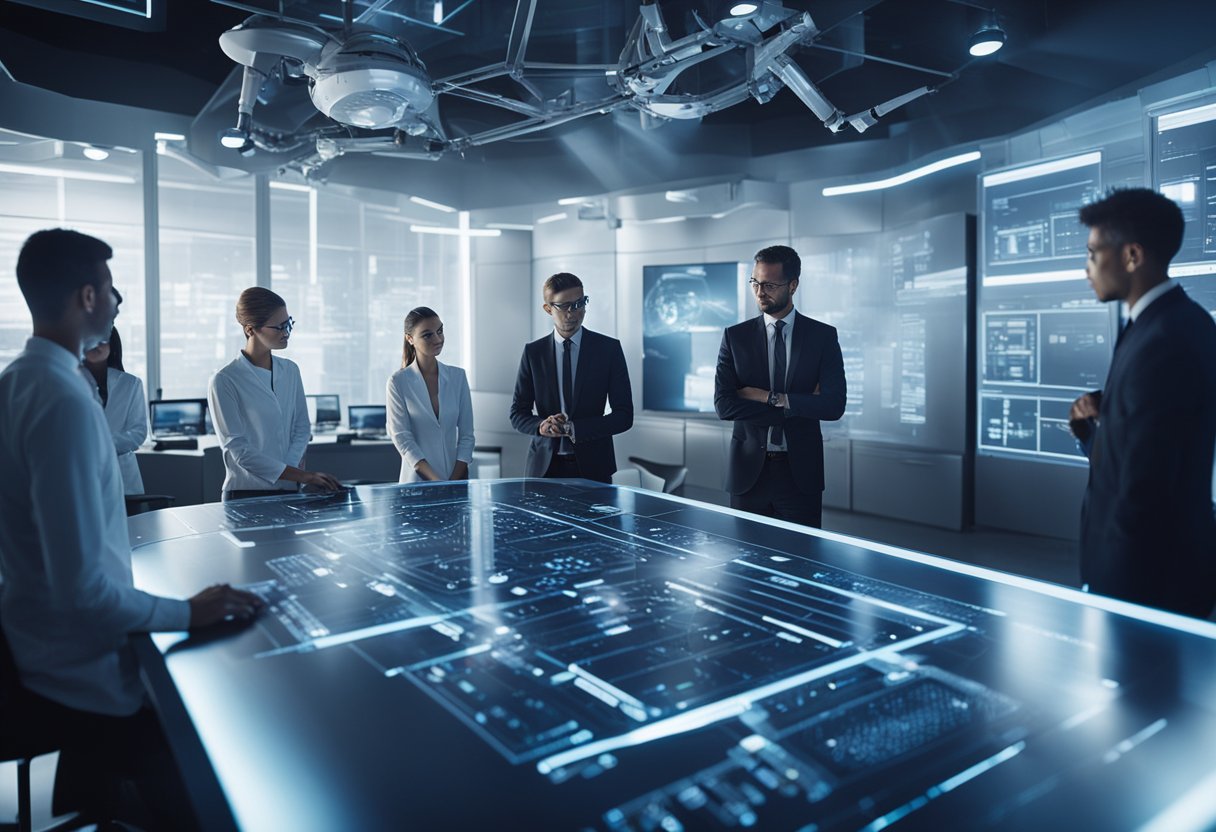
In the ever-evolving landscape of space exploration, private industry and international collaboration play pivotal roles. The advent of commercial spacecraft is revolutionising access to space, while cooperation between nations and agencies propels human presence beyond Earth.
The commercialisation of space travel has seen significant contributions from companies like Lockheed Martin, which developed the Orion spacecraft. This vessel is designed to carry astronauts to destinations far beyond low Earth orbit. Another major player, Boeing, utilised expertise from crafting the iconic Boeing 747 to innovate in spacecraft design, enhancing the versatility and safety of space missions.
To cater to the burgeoning space tourism market, sites such as SpaceVoyageVentures.com document a variety of trips, from current expeditions to the International Space Station to proposed journeys to outer space. This not only marks a milestone in making space more accessible to the public but also indicates the potential for a significant economic sector in the future.
Collaboration on an international scale is exemplified by the construction of the European Service Module (ESM), a critical component of the Orion spacecraft. This module, provided by the European Space Agency (ESA), underscores the importance of pooling resources and expertise. By joining forces, agencies such as NASA and ESA can achieve objectives that might be beyond the scope of any single nation or entity.
The European Space Agency has also been an instrumental partner in providing service modules and support for various international space missions. Through these partnerships, space exploration initiatives benefit from a broader range of technical knowledge and financial backing, setting the stage for more ambitious and far-reaching space endeavours.
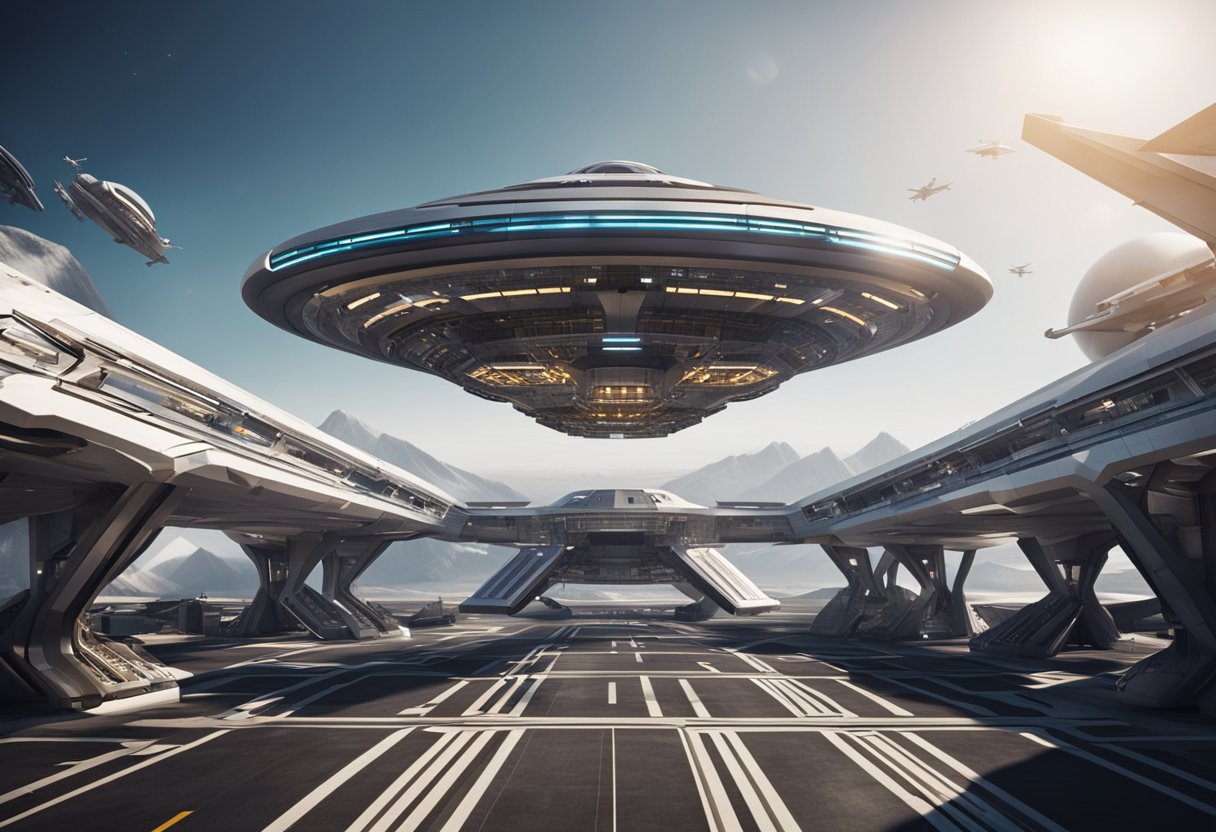
In this section, we’ll address some of the most commonly asked questions about the future of spacecraft design, shedding light on the advancements we expect to see and the technologies that will take us beyond our current capabilities.
We foresee significant progress in propulsion systems with the potential to shorten travel time between celestial bodies. Advancements may also include automated navigation systems and improved sustainability to support longer missions.
Future spacecraft interior design is expected to be modular and adaptable, with a focus on multifunctional spaces that can be reconfigured for different mission requirements, while also considering the well-being of astronauts on long-duration flights.
Innovations in material science suggest the development of lightweight, durable materials for spacecraft construction, including advanced composites and metamaterials, which could lead to significant improvements in safety and performance.
We’re exploring revolutionary concepts, such as artificial gravity and warp drives, inspired by science fiction — some of these may transition from theoretical physics to engineering blueprints for tangible spacecraft design.
By 2025, it is anticipated that space technology will include enhanced satellite communication systems, more efficient life support systems, and the initial stages of in-situ resource utilisation (ISRU) techniques, which are essential for sustained human presence on other planets.
Current plans for the next stage of space exploration include transitioning from the International Space Station to new platforms and habitats, and executing deep space exploration missions, as outlined in NASA’s International Space Station Transition Plan.